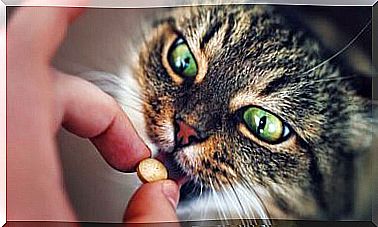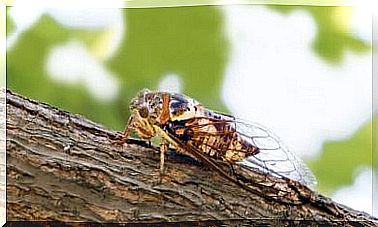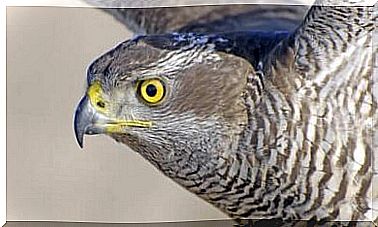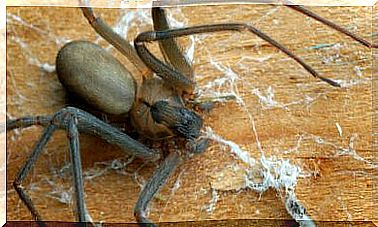Why Is There The Egyptian Mongoose In Spain?

The Egyptian mongoose is a little known predator, perhaps because we are more used to seeing these animals in Africa. This mongoose is the only one we can find in Europe and, specifically, exclusively in southern Spain.
The Egyptian mongoose, a curious animal present in Europe
The Egyptian mongoose is an animal with an elongated body, similar to that of a mustelid. It features a fur that evenly blends gray and brown. Just like the mustelids, it has short legs and non-retractable claws to be able to dig, and feeds on the prey it hunts, mainly consisting of rodents.
Furthermore, the Egyptian mongoose’s gaze is very curious. In fact it is one of the few mammals that has a horizontal pupil, which gives it a very showy appearance. What draws the most attention, however, is how this African carnivore ended up in such a specific region of Europe. It seems that it was introduced in the Iberian Peninsula by humans, in a similar way to what happened for the genet.

In Spain, the Egyptian mongoose would have been introduced for the same reason that in ancient Egypt it was considered a domestic animal: because these animals exercised considerable control against natural parasites.
It was probably an invasive exotic species even before this concept existed, although nowadays it is well integrated in some ecosystems, such as that of Doñana.
The oldest in Spain
Recently, a new archaeological find seems to indicate a specific direction, as regards the origin of the presence of the Egyptian mongoose in Spain. In a mausoleum of Roman Merida, among the remains of domestic animals (mainly dogs), the remains of Egyptian mongooses were found, as if it were a pet like any other. The animals, in fact, showed signs that suggested this hypothesis, such as the cured fractures that characterized the prehistoric dog of Murcia.
It would therefore be the most ancient remains of the Egyptian mongoose present in Spain of which we know, which excludes other theories, such as its subsequent introduction by the Muslims. This finding confirms that the Egyptian mongoose was present in Spain as early as 2,000 years ago, and it seems that it lived in close contact with humans.
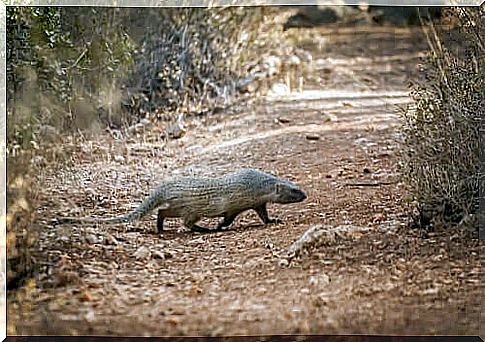
The mausoleum indicates the presence of a ritual sacrifice, a common practice among the Romans towards dogs, but which had never been found in the case of the Egyptian mongooses. This seems to indicate that this animal lived with a family in a similar way to that of dogs. In fact, these animals had a certain importance for the Romans, which led them to include them among their myths, as in the case of the dog Cerberus.
However, this is not the only Egyptian mongoose found in Europe in recent times: Egyptian mongooses from similar periods have been found in the Palmela castle and around Lisbon.
although, in this case, in a completely different context: inside a cave, which suggests a wild animal.
Does all this mean that the Egyptian mongooses were introduced to Europe by the Romans? Not necessarily. It simply means that these animals were found on the Iberian Peninsula as early as Roman times. However, the arrival of the Egyptian mongoose in Spain may date back to even earlier times than the Roman era.
